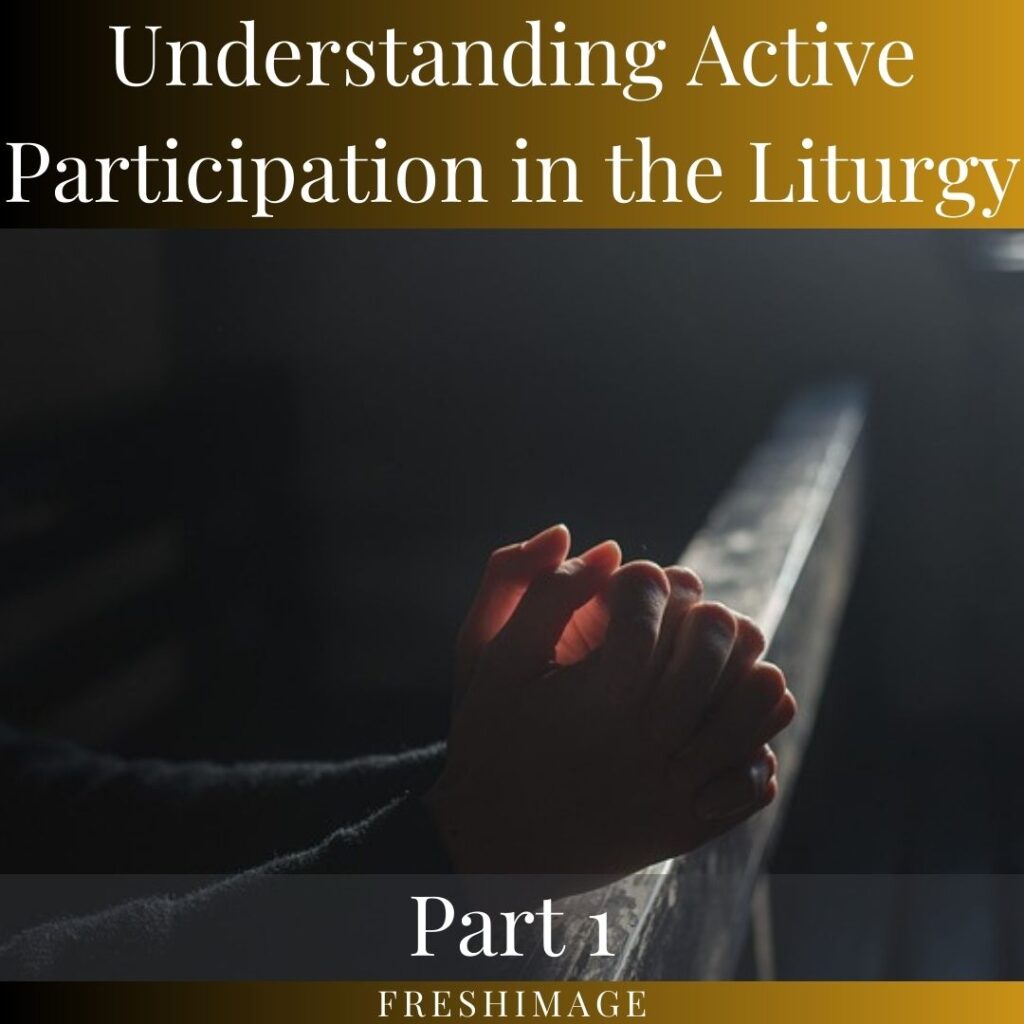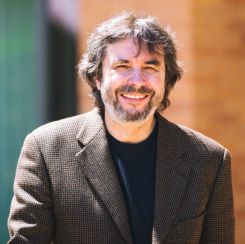
Although not new, the issue of active participation in the liturgy came to the fore in deliberations and ensuing documents of the Second Vatican Council. Though six decades have passed since the Council, the concept of active participation is still not one that is properly or generally understood by the Church today.
The Council’s Fathers attributed the concept of active participation to Pope Pius X, who discussed it in depth in Tra le Sollecitudini, his motu proprio devoted to sacred music in the liturgy. However, discussions of some key aspects of active participation predate Pius X’s work. In the 17th century, French preacher and writer Nicholas Letourneux (1640-1686) wrote that the “celebration of the Liturgy should be an exercise of the mind and heart.” Several decades later in the 18th century, Italian priest, philosopher and founder of the Institute of Charity (aka the Rosminians), Blessed Antonio Rosmini (1797-1855), promoted conscious participation in the liturgy more systematically. At about the same time, many Catholic thinkers began emphasizing the Holy Spirit’s gift of piety as enabling the appropriate internal disposition of the faithful in the context of the Sacred Liturgy and public worship. Among the representatives of the liturgical piety school of thought were two prominent Benedictine monks: founder of Solesmes Abbey, Dom Prosper Guéranger, and his “spiritual grandson,” Dom Lambert Beauduin, professor of liturgy, apologetics, and ecclesiology at Sant’Anselmo Pontifical University in Rome. Beauduin’s approach to the liturgy was based on Guéranger’s views, which taught that active participation in the liturgy, the preeminent expression of Church’s faith, was the most powerful way for the faithful to achieve sanctity.
The essential point that all representatives of the liturgical piety school of thought make is that participation in the Mass will not bear fruit unless participated in with the proper internal disposition. Jesus himself spoke to this issue with strong words of caution. “This people honors Me with their lips, but their heart is far away from Me. And in vain do they worship Me, teaching as doctrines the commandments of men” (Matthew 15:8-9).
He also makes us aware that some conditions must be met before we come to worship. In His Sermon on the Mount, Jesus tells us,
When you are offering your gift at the altar, if you remember that your brother or sister has something against you, leave your gift before the altar and go; first, be reconciled to your brother or sister, and then come and offer your gift (Matthew 5:23-24).
Other preeminent figures in the history of the Church commented on the topic. Saint Benedict taught, “We know that our prayers will not be heard on account of many words, but because of purity of heart, compunction, and tears.” For his part, in his commentary on the Gospels, Pope Gregory the Great wrote that God “is not willing to accept the sacrifice at the hands of those who are at variance. Hence then consider how great an evil is strife, which throws away what should be the means of remission of sin.” Indeed, the efficacy of the liturgy cannot be taken for granted. For this reason, the priest, addressing the faithful at the beginning of the Liturgy of the Eucharist, says: “Pray brethren (brothers and sisters) that my sacrifice and yours may be acceptable to God, the almighty Father.”
Debates surrounding the appropriate inner dispositions of the faithful necessary for full and active participation in liturgy continue in earnest in our own time. In his post-synodal Apostolic Exhortation, Sacramentum Caritatis, Pope Benedict XVI wrote that one such disposition is “the spirit of constant conversion which must mark the lives of all the faithful.”
Active participation in the eucharistic liturgy can hardly be expected if one approaches it superficially, without an examination of his or her life. This inner disposition can be fostered, for example, by recollection and silence for at least a few moments before the beginning of the liturgy, by fasting and, when necessary, by sacramental confession. A heart reconciled to God makes genuine participation possible. The faithful need to be reminded that there can be no actuosa participatio in the sacred mysteries without an accompanying effort to participate actively in the life of the Church as a whole, including a missionary commitment to bring Christ’s love into the life of society (Sacramentum Caritatis, 55).
Active participation in liturgy is a complex, multi-dimensional phenomenon and thus defies attempts to provide a short and simple definition. However, one can describe its most important aspect: participation of the faithful “in the sacred action, conscious of what they are doing, actively and devoutly,” with awareness that the Mystery being celebrated is the Source and Summit of a life lived in unity with the Lord.

Andrzej Zahorski is Director of Music at St. Anselm Parish in St. Louis, MO. He holds a doctorate of musical arts from Stanford University.